In the bustling world of fashion, the winds of change are ushering in a new era—one where sustainability takes center stage. In this post, we dive into the heart of sustainable clothing manufacturing, unraveling its importance, and spotlighting five of the most popular eco-friendly fabrics that are reshaping the industry.
5 of the Most Popular Sustainable Fabrics
Organic Cotton
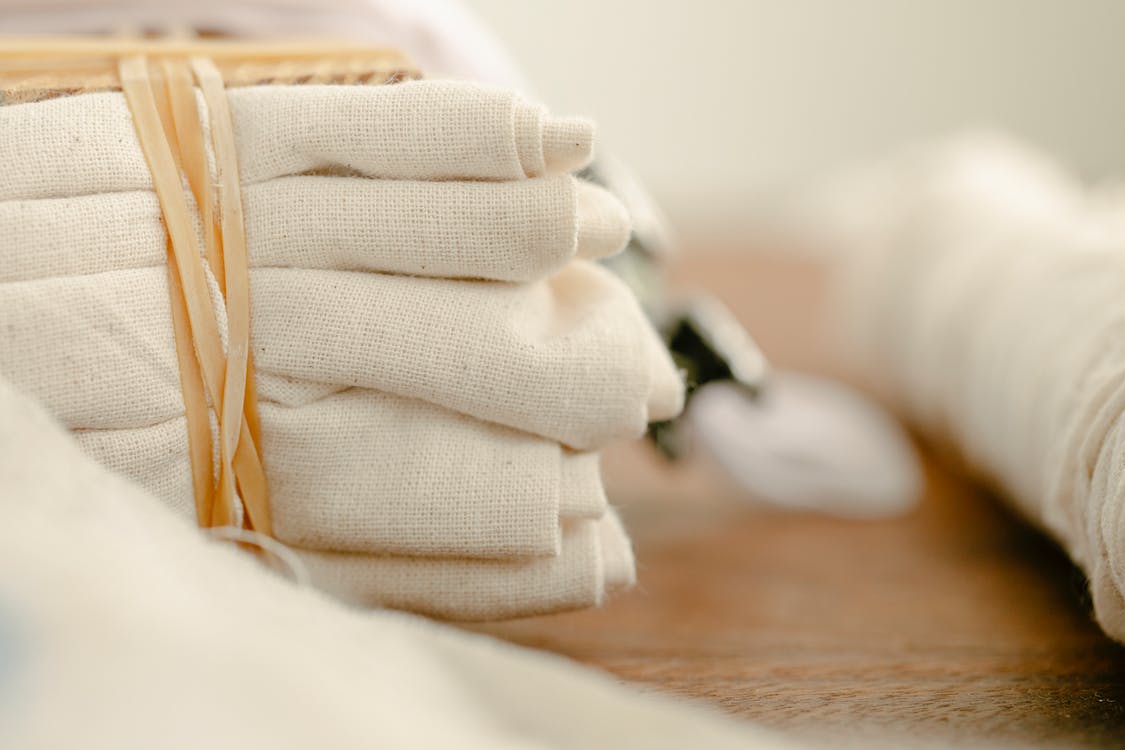
Softness with a Conscience:
- Grown without Nasty Chemicals: Organic cotton is grown without using harmful chemicals, making it a cleaner and safer choice.
- Feels Good on Skin: It’s comfy to wear because it lets air flow through, keeping you cool.
- Safe for Sensitive Skin: If you have sensitive skin, organic cotton is gentle and less likely to cause irritation.
- Good for the Planet: Choosing organic cotton is like giving a high-five to the environment. It’s grown in a way that’s kinder to the Earth.
- Lasts a Long Time: Even though it’s soft, organic cotton is tough. Your clothes made from it will stick around for a while.
- Goes Back to Nature: When you’re done with it, organic cotton breaks down naturally. It’s like giving back to Mother Earth.
Bamboo
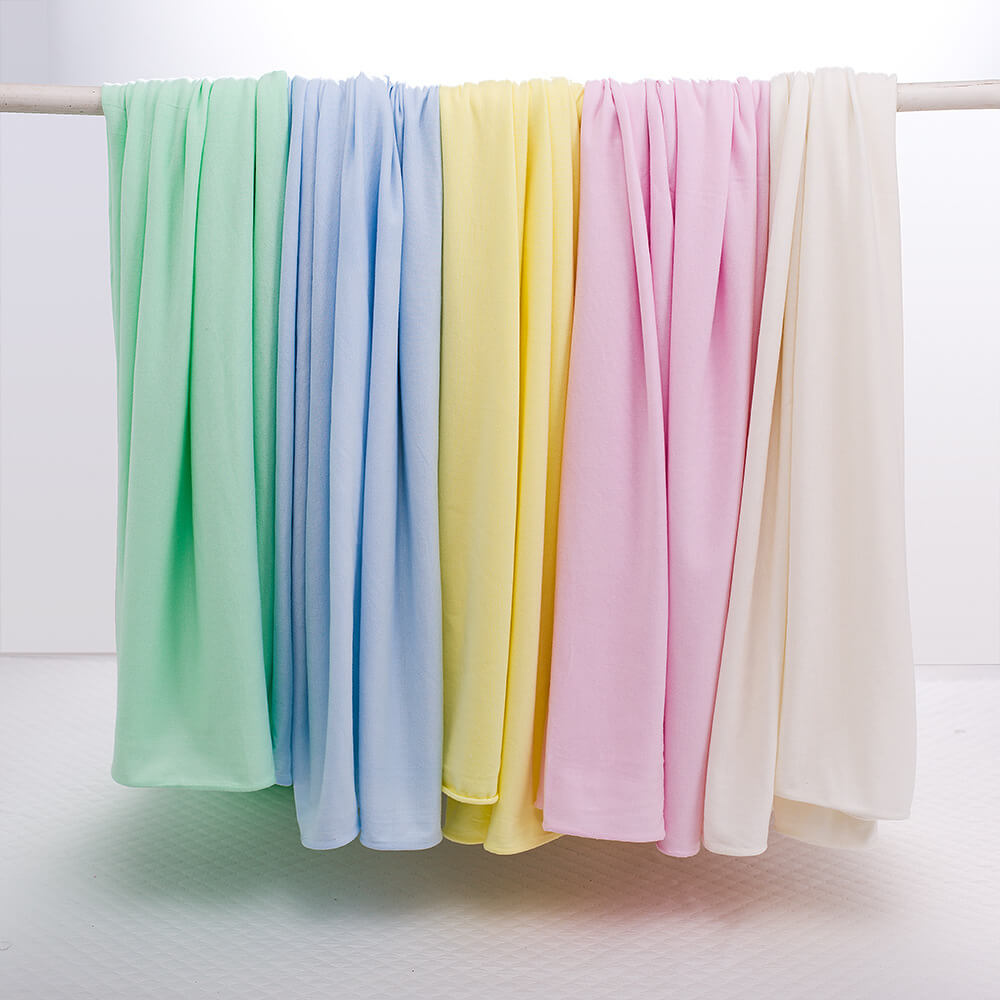
Eco-Friendly Elegance: Step into the bamboo groves and discover a fabric that epitomizes sustainability. Hypoallergenic, moisture-wicking, and biodegradable, bamboo is more than a fabric; it’s a lifestyle.
- Super Soft Touch: Bamboo fabric feels amazingly soft against your skin, giving you that cozy, comfortable sensation.
- Breathable and Cool: It lets your skin breathe, making it perfect for warm weather. You stay cool and comfy.
- Moisture-Wicking Magic: Bamboo pulls moisture away from your body, keeping you dry and feeling fresh all day.
- Odor-Resistant: Say goodbye to unpleasant odors. Bamboo fabric has natural properties that keep things smelling nice.
- Hypoallergenic Hero: If you have sensitive skin, bamboo is your friend. It’s less likely to cause any irritation.
- Biodegradable Buddy: When your bamboo clothes reach the end of their journey, they go back to nature without harming the environment.
- Easy on Mother Earth: Bamboo grows quickly and doesn’t need tons of water or pesticides. Choosing bamboo is a little act of kindness for the planet.
Tencel
Botanical Elegance: Derived from sustainably sourced wood pulp, Tencel brings a silky, breathable charm to sustainable fashion. Explore its versatile applications and eco-friendly attributes.
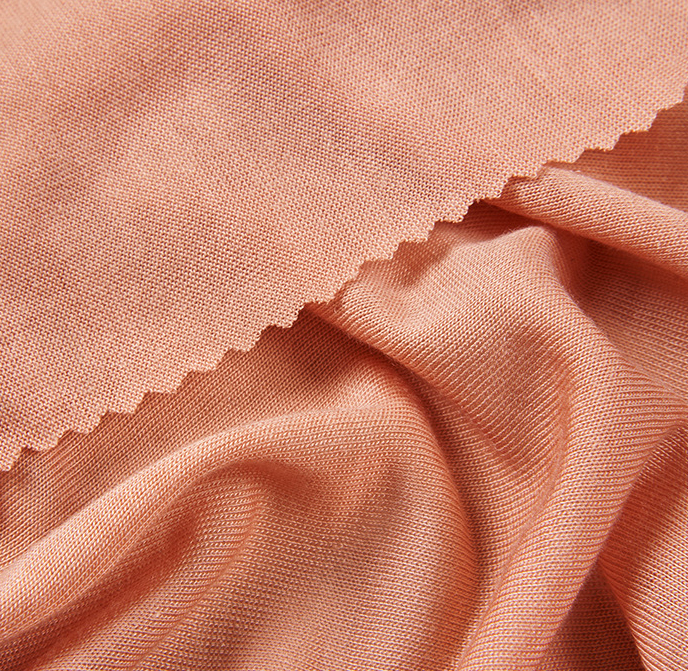
- Silky Smooth Feel: Tencel has a luxurious softness that feels gentle and smooth against the skin.
- Breathable Comfort: It’s excellent for warm weather, allowing air to circulate and keeping you feeling fresh.
- Moisture-Wicking Marvel: Tencel efficiently absorbs moisture, making it a great choice for staying dry and comfortable.
- Naturally Hypoallergenic: If you have sensitive skin, Tencel is a friendly option as it’s less likely to cause irritation.
- Eco-Friendly Elegance: Tencel is derived from sustainably sourced wood pulp, making it a renewable and environmentally conscious choice.
- Biodegradable Beauty: When its lifecycle ends, Tencel gracefully returns to nature, minimizing its environmental impact.
- Versatility Unleashed: Tencel is highly versatile, adapting well to various styles, making it a favorite for both casual and elegant clothing.
- Drapes Like Poetry: The fabric has excellent drape, giving garments an elegant flow and movement.
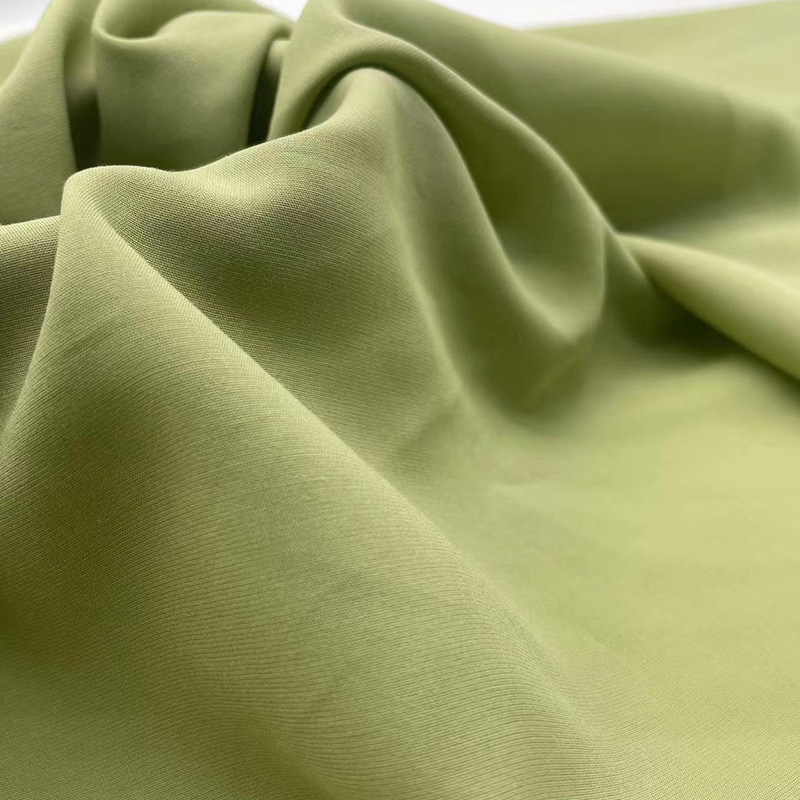
Modal
The Art of Softness: Modal, born from beechwood, graces us with its unparalleled softness. Uncover its eco-friendly journey from pulp to pulchritude and its biodegradable allure.
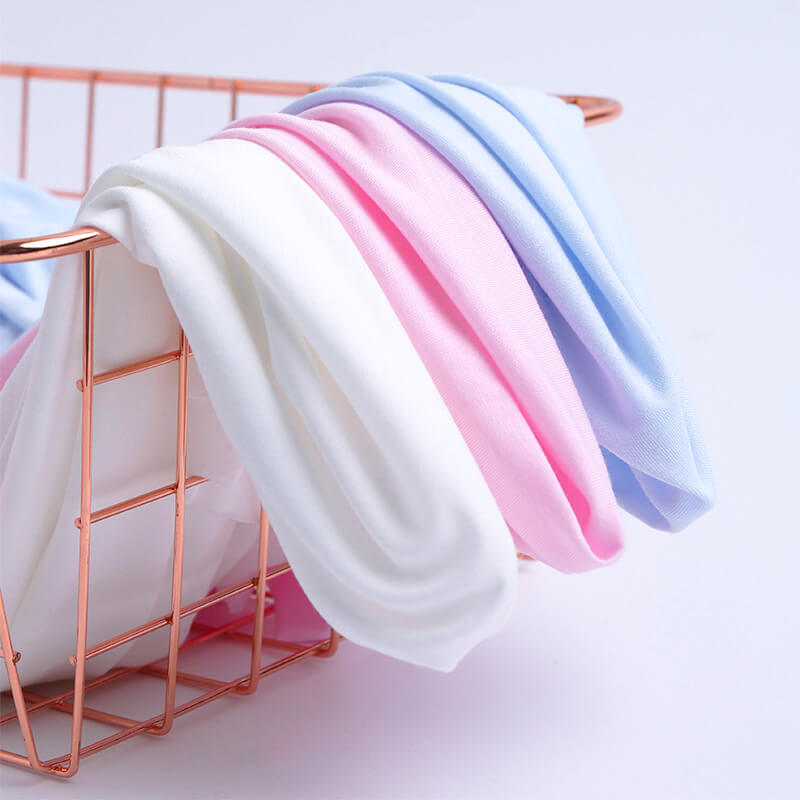
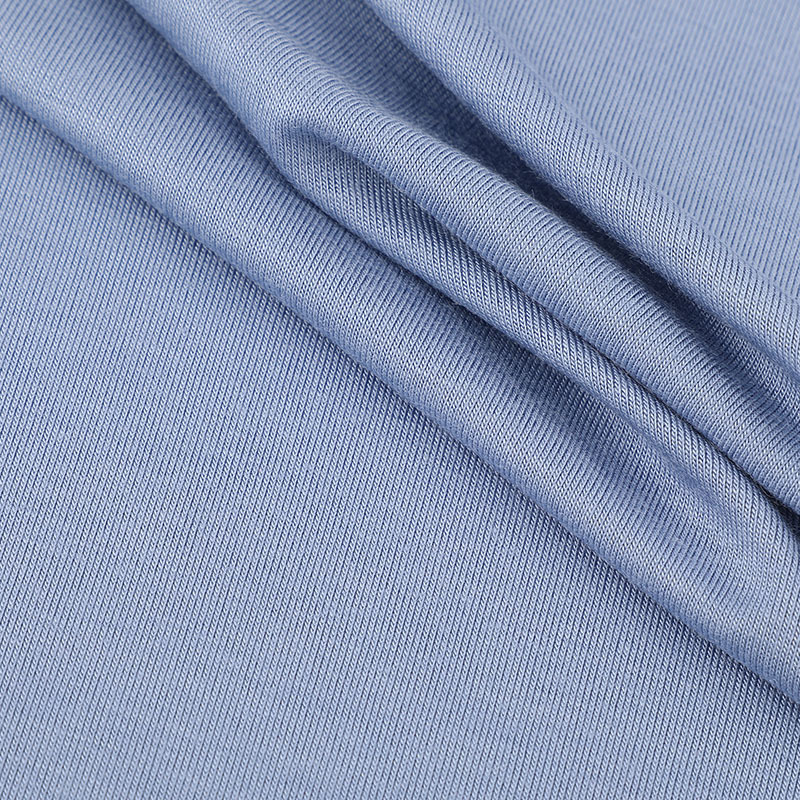
- Silky Softness: Modal is renowned for its exceptional soft and smooth texture, often likened to the feel of silk.
- Breathable Bliss: The fabric is highly breathable, ensuring comfort in various climates and activities.
- Moisture Management: Modal is excellent at wicking away moisture, keeping you cool and dry, making it an ideal choice for activewear.
- Resistance to Shrinkage: Modal fabric has a higher resistance to shrinkage compared to cotton, maintaining its shape and size well.
- Vibrant Color Absorption: Modal takes dye exceptionally well, resulting in vibrant and long-lasting colors.
- Durability with Flexibility: Despite its delicate feel, Modal is surprisingly durable and flexible, making it suitable for a range of clothing items.
- Reduced Wrinkling: Modal has good resistance to wrinkles, meaning your garments stay looking neat and fresh even after extended wear.
- Sustainable Source: Modal is often made from beechwood, a renewable resource, adding an eco-friendly dimension to your wardrobe.
Linen
Timeless Elegance: A fabric with a rich history, linen transcends trends. Discover how this flax-derived fabric embraces sustainability with its low environmental impact and timeless appeal.
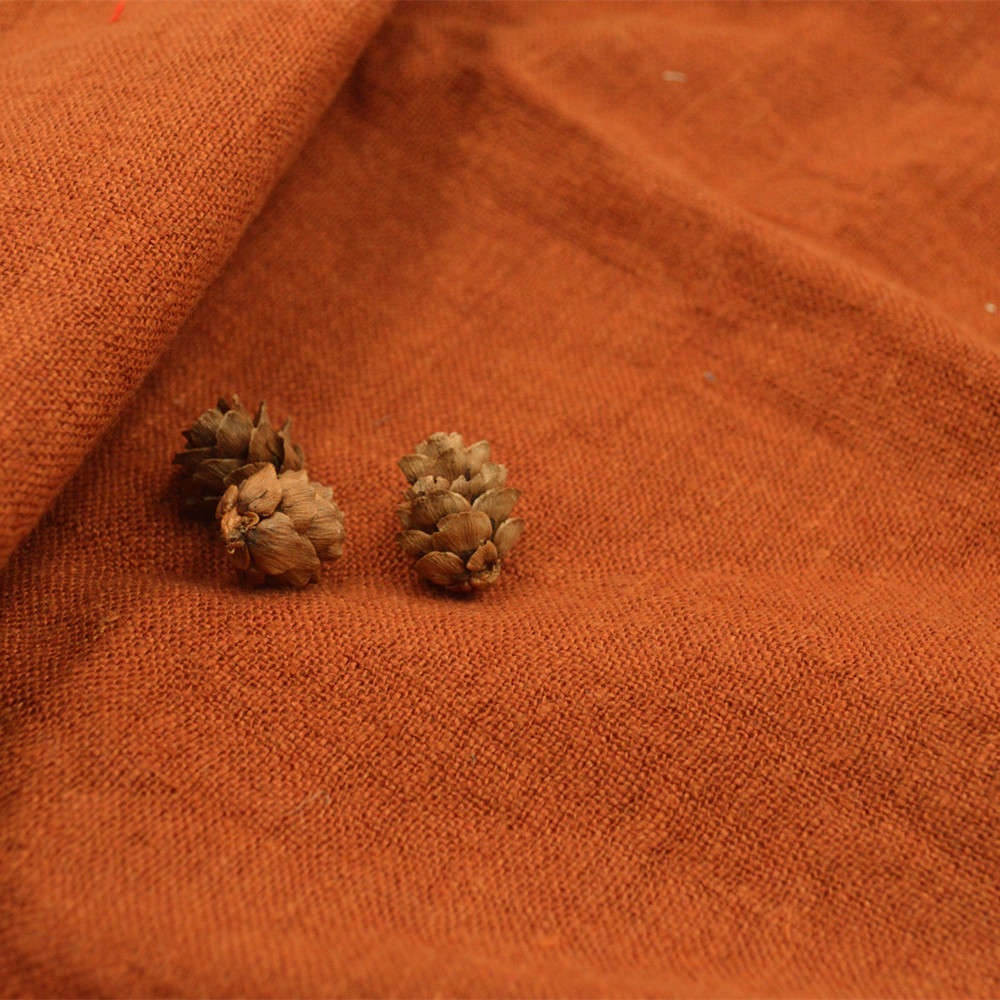
- Exceptional Breathability: Linen is highly breathable, allowing air to flow through and keeping the body cool in warm weather.
- Natural Luster: Linen has a natural sheen that adds a touch of elegance to clothing, giving it a slightly glossy appearance.
- Moisture Absorption: Linen has excellent moisture-wicking properties, absorbing perspiration and quickly drying, making it comfortable for hot and humid conditions.
- Comfortable and Lightweight: Linen is lightweight, making it comfortable to wear, and its natural texture adds a relaxed, casual vibe to clothing.
- Highly Durable: Linen is one of the strongest natural fibers, making it resistant to wear and tear. With proper care, linen garments can last for a long time.
- Anti-Bacterial and Hypoallergenic: Linen naturally inhibits the growth of bacteria and fungi, making it a hypoallergenic choice for those with sensitive skin.
- Natural Wrinkle Look: While linen does wrinkle, it’s part of the fabric’s charm. The wrinkles are a natural and relaxed look that many people appreciate.
- Environmentally Friendly: Linen is a renewable resource, and its cultivation requires less water and pesticides compared to other crops used for fabric production.
- Versatile Styling: Linen can be used for both casual and formal wear, offering versatility in fashion choices.
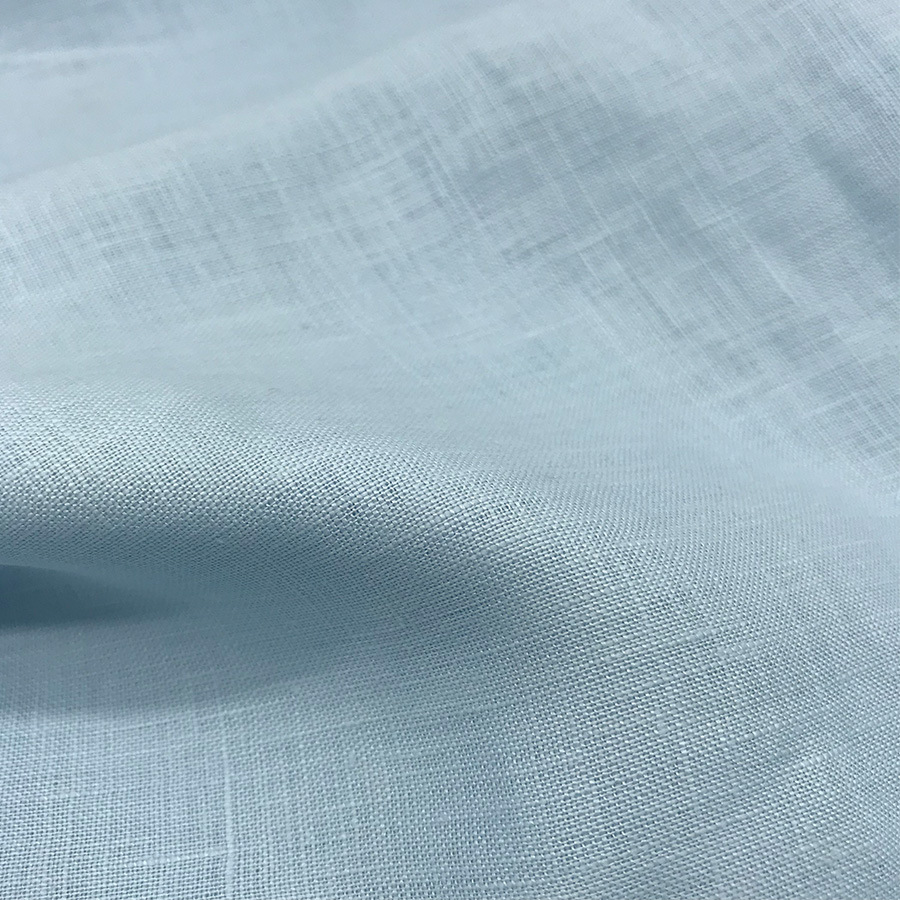
Recycled Polyester
From Waste to Wow: Witness the transformation of discarded plastic into a fashion statement. Recycled polyester champions circular fashion, marrying style with environmental responsibility.
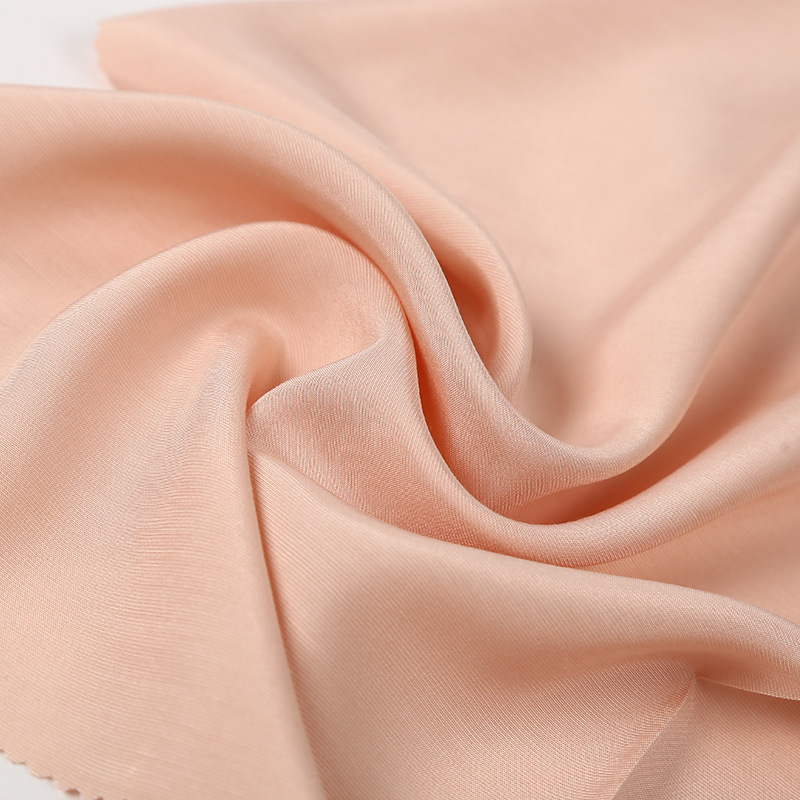
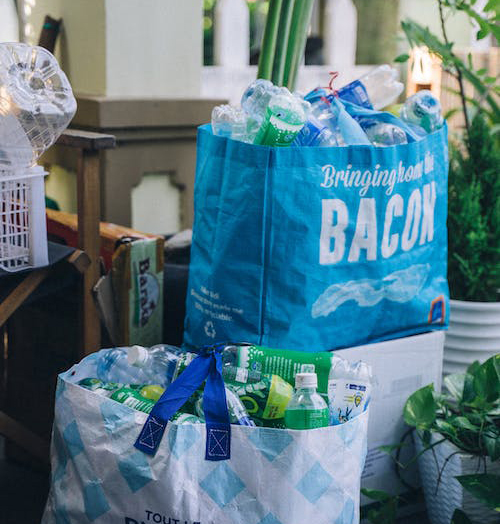
- Environmental Sustainability: Recycled polyester is made from post-consumer plastic bottles or other recycled polyester garments, contributing to a reduction in waste and the overall environmental impact.
- Resource Conservation: The production of recycled polyester requires fewer resources compared to virgin polyester, conserving energy and reducing the demand for raw materials.
- Energy-Efficient: The process of recycling polyester consumes less energy than producing new polyester from raw materials like petroleum.
- Versatility: Recycled polyester can be used for a wide range of clothing items, including activewear, outerwear, and everyday apparel, offering versatility in fashion.
- Similar Performance: Recycled polyester exhibits properties similar to virgin polyester, such as durability, moisture-wicking capabilities, and resistance to wrinkles and shrinking.
- Reduced Carbon Footprint: The use of recycled materials in fabric production helps reduce greenhouse gas emissions, contributing to a lower carbon footprint.
- Closes the Loop: Recycling polyester creates a closed-loop system, where products at the end of their life cycle can be collected, recycled, and transformed into new items.
- Promotes Circular Economy: The use of recycled polyester supports the concept of a circular economy by extending the lifespan of materials and reducing reliance on new resources.
- Consumer Appeal: Many environmentally conscious consumers prefer products made from recycled materials, contributing to the popularity of recycled polyester in the market.
Why Is Sustainable Clothing Manufacturing Important?
Sustainable clothing manufacturing is crucial for several compelling reasons:
- Environmental Impact: Traditional clothing manufacturing often involves resource-intensive processes, leading to pollution, deforestation, and depletion of natural resources. Sustainable practices aim to minimize these impacts, preserving ecosystems and biodiversity.
- Reducing Carbon Footprint: The fashion industry contributes significantly to carbon emissions. Sustainable manufacturing focuses on reducing greenhouse gas emissions through energy-efficient processes and the use of eco-friendly materials.
- Conserving Water: Conventional textile manufacturing consumes vast amounts of water, contributing to water scarcity issues. Sustainable practices emphasize water conservation, implementing technologies that minimize water usage and pollution.
- Minimizing Waste: Fast fashion contributes to immense textile waste. Sustainable clothing manufacturing adopts circular economy principles, prioritizing recycling, upcycling, and reducing overall waste generation.
- Ethical Treatment of Workers: Sustainable practices extend beyond environmental concerns to encompass ethical treatment of workers. Fair wages, safe working conditions, and adherence to labor laws are integral to sustainable clothing production.
- Consumer Awareness: With increased awareness of environmental and ethical issues, consumers are actively seeking sustainable products. Sustainable clothing manufacturing responds to this demand, fostering a market for eco-friendly and ethically produced garments.
- Long-Term Viability: The fashion industry’s reliance on finite resources and unsustainable practices is not viable in the long term. Sustainable clothing manufacturing seeks to establish practices that can be maintained without compromising the well-being of future generations.
- Innovation and Technology: Sustainable practices often drive innovation in materials and manufacturing processes. This fosters the development of eco-friendly fabrics, efficient technologies, and circular systems that benefit both the industry and the environment.
- Corporate Responsibility: Brands are increasingly recognizing the importance of corporate responsibility. Adopting sustainable clothing manufacturing practices aligns companies with ethical and environmental values, enhancing their reputation and attracting conscientious consumers.
- Regulatory Compliance: As governments worldwide implement stricter regulations on environmental and social responsibility, sustainable manufacturing practices become not just a choice but a necessity for compliance and longevity in the industry.
In essence, sustainable clothing manufacturing is a holistic approach that considers the environmental, social, and economic aspects of the fashion industry. It seeks to create a harmonious balance between meeting consumer needs, protecting the planet, and promoting ethical practices throughout the supply chain.

How to Minimize Waste During Clothing Production
Minimizing waste during clothing production is a key aspect of sustainable manufacturing. Here are effective strategies to achieve this:
- Lean Manufacturing: Adopt lean production principles, focusing on efficiency and reducing unnecessary processes. Streamline workflows to eliminate waste of time, resources, and materials.
- Accurate Forecasting: Invest in accurate demand forecasting to produce clothing in quantities that align with market demand. This reduces the risk of overproduction and excess inventory that may end up as waste.
- Preventing Fabric Waste: Optimize pattern making to minimize fabric waste. Techniques such as marker making and computer-aided design (CAD) can help designers create patterns that use fabric more efficiently.
- Upcycling and Recycling: Embrace upcycling and recycling practices to repurpose post-consumer or post-industrial textile waste. This not only reduces waste but also contributes to a circular economy.
- Inventory Management: Implement effective inventory management systems to prevent overstocking and ensure that materials are used efficiently. This includes proper tracking of raw materials, work-in-progress, and finished goods.
- Supplier Collaboration: Work closely with suppliers to find ways to reduce waste in the entire supply chain. Collaborate on sustainable practices and explore innovative solutions to minimize environmental impact.
- Zero-Waste Patterns: Design clothing patterns that generate little to no fabric waste. Zero-waste patterns utilize the entire fabric without leftover scraps. Designers can explore creative cutting techniques to achieve this.
- Digital Prototyping: Use digital prototypes and virtual sampling to minimize physical samples. This reduces the need for multiple iterations and decreases the waste associated with creating numerous physical samples.
- Efficient Cutting Techniques: Implement efficient cutting methods, such as laser cutting or computerized cutting machines, to ensure precise cutting and minimize fabric waste. These technologies can optimize the use of materials.
- Closed-Loop Systems: Integrate closed-loop systems where waste from one stage of production becomes a resource for another. This includes recycling textile waste into new fibers or using waste heat to power other processes.
- Employee Training: Train employees on waste reduction practices and the importance of sustainability. Engaged and informed staff can actively contribute to waste reduction initiatives.
- Packaging Solutions: Rethink packaging materials and methods to minimize packaging waste. Explore eco-friendly packaging options and encourage customers to recycle or reuse packaging.
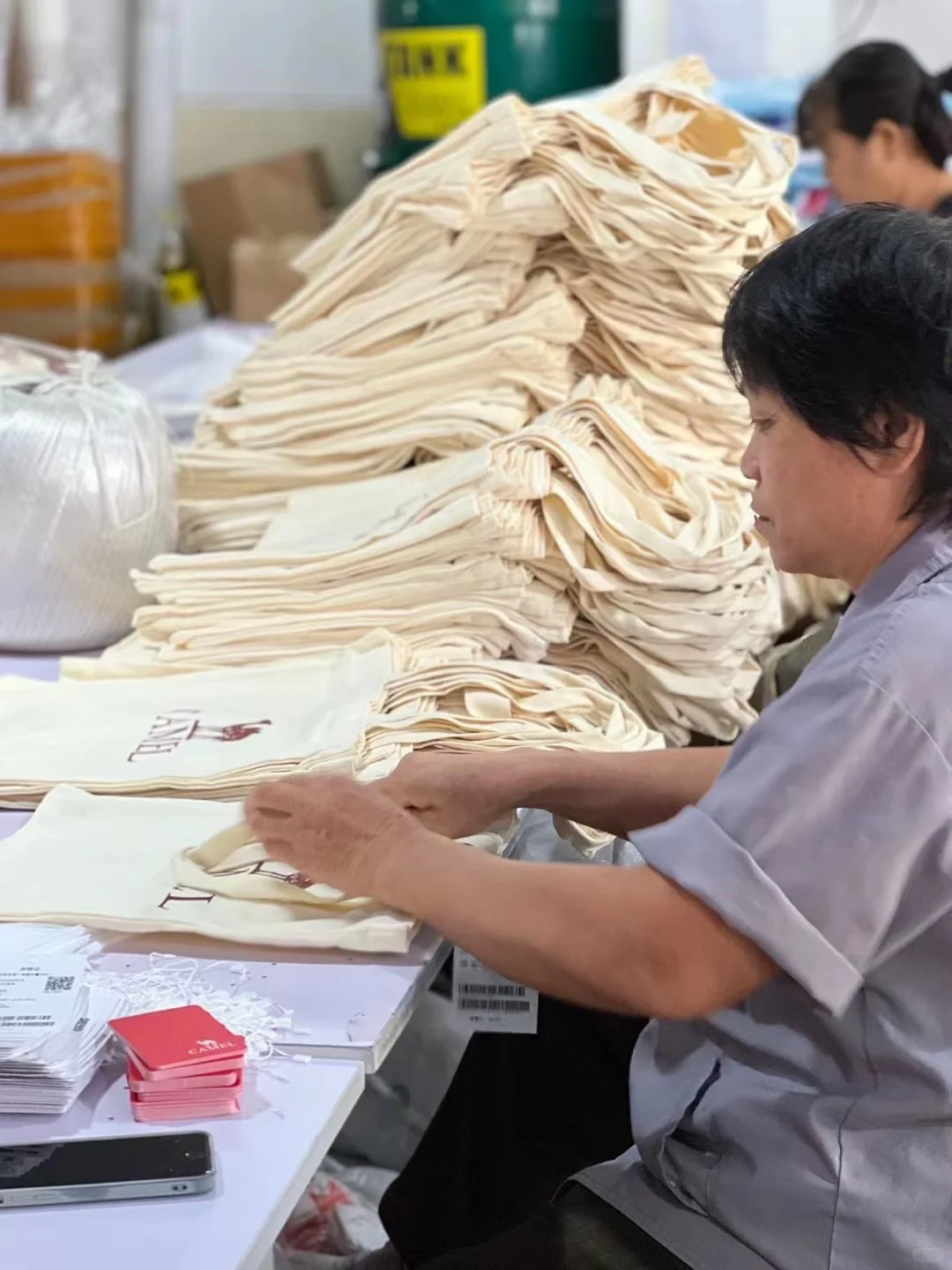
By adopting these strategies, clothing manufacturers can significantly reduce waste during the production process, contributing to a more sustainable and environmentally friendly industry.
Conclusion
As we wrap up this comprehensive journey through sustainable clothing manufacturing, the overarching theme is clear: the fashion industry is evolving, and sustainability is not an option; it’s an imperative. From organic cotton’s gentle embrace to recycled polyester’s transformational journey, each fabric weaves a tale of responsible fashion.
In the grand tapestry of fashion, sustainability isn’t just a trend; it’s a timeless style that respects the planet and celebrates the artistry of conscious creation.
